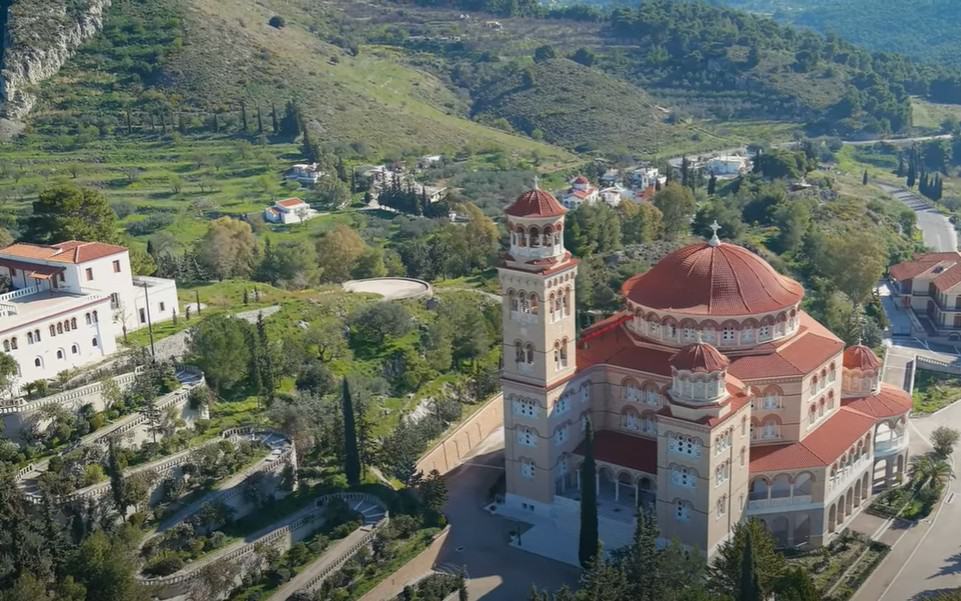Built in around the 9th century AD to protect locals from Saracen naval raids, Paleochora or Paliachora, also known as “Mystras of Aegina”, was built in the same style as that of Mystras.
It was the capital of the island until 1826 and its location is unique as from there you can have a view of the entire Saronic Gulf. The settlement is a real fortress and is located behind and above the hill of Agios Nektarios.
Tradition has it that there are 365 churches in Paliachora, as many as the days of the year. Historical studies, however, indicate that there were actually around 50. Today people can visit the 33 that still stand the test of time.
The temples date from the beginning of the 12th to the 18th century AD. Most of them are single-chamber with a semi-cylindrical dome and relief arches on their side sides.
Some of the temples are two-aisled which means that next to a temple, a second one was built to serve the Catholics as well. So we have five two-aisled Basilicas.
Some of the temples have a bell tower above the entrance door and it is astonishing they survived in a Turkish-occupied area. The beautifully carved stone lintels with crosses, geometric patterns and rosettes are a characteristic example of these.
Today, some of the temples have already been renovated and parts of their hagiographies have been restored, such as Agios Georgios the Catholicos, Episkopi, the cell of Agios Dionysios, the katholikon of the monastery of Agia Kyriaki and Zoodochou Pigi, Agios Stefanos and Timios Stavros.
When the city was destroyed by the pirate Barbarossa (Red Beard) in 1537, the castle was badly damaged, but in 1654 it seems that it was repaired because Morosini was forced to besiege Paliachora. After the fall of which he completely destroyed the castle walls.
See the drone footage of the Mystras of Aegina:
READ MORE: Aegina, Athenians all year round go-to destination.


